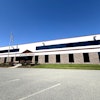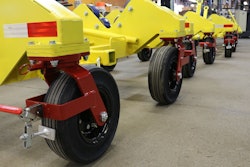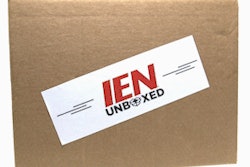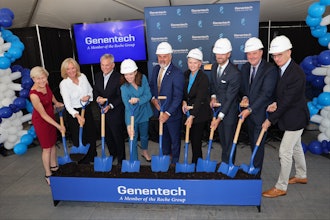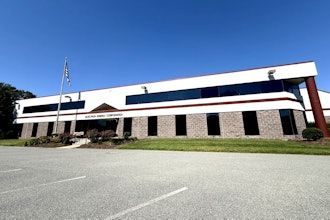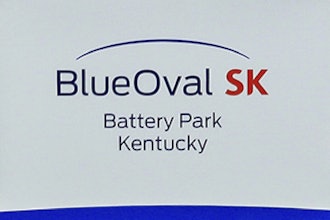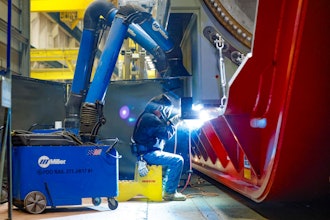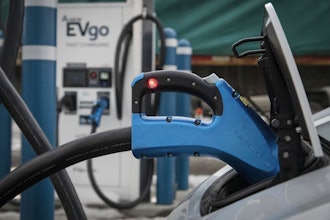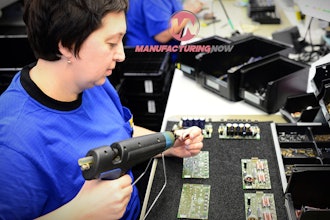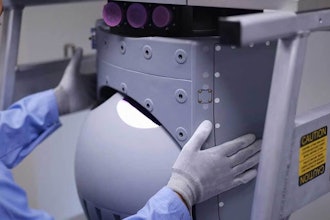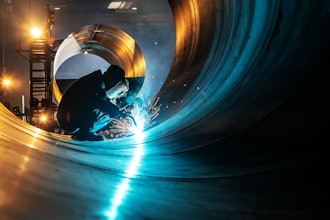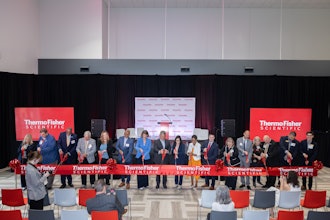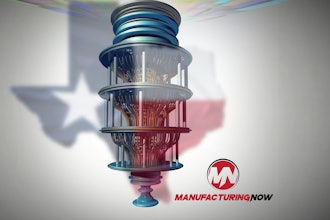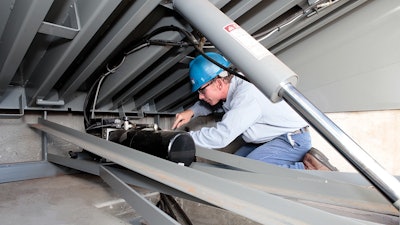
The best way to avoid an expensive, time-draining, and potentially dangerous equipment failure in an industrial facility is to properly maintain it. Because when it comes to industrial equipment, it’s not a matter of if it will break down, but when.
That’s where a planned maintenance program can save a major headache and thousands of dollars. And as smart technology continues to emerge in industrial plants, facility managers can utilize predictive maintenance strategies to mitigate the chances of a breakdown.
Dock Equipment Takes a Beating
Equipment on the loading dock, such as levelers, vehicle restraints and doors are impacted by forklift traffic, tractor trailers backing into them and a host of other operations. And that’s just when the equipment is being used properly.
The average leveler will experience nearly 100,000 crossings by a 9,000-plus pound forklift during the course of a year. Considering that’s up to three times heavier than a standard automobile, even the highest-quality equipment can’t bear those kinds of loads forever.
Breakdowns Can Lead to Injuries, Downtime, and Expensive Replacements
When equipment fails, it can be costly and dangerous. Unexpected breakdowns result in undesirable problems like inefficient downtime for replacements and the costs associated with repairing or replacing equipment. Most importantly, however, is that worker safety is seriously compromised.
A vehicle restraint that no longer secures a trailer to a facility can lead to a variety of accidents. These include trailer tip-over (from landing gear collapse); early departure (in which the semi-trailer prematurely pulls away from the dock while the forklift driver is still loading or unloading); and trailer creep (in which the vibration of forklift traffic causes the trailer to progressively move away from the dock wall). In each instance, a forklift operator is at risk of falling off a 4-foot-plus drop-off, along with the product they are carrying. These types of falls can lead to serious injury or death. Beyond that, they demonstrate a poor operation to potential business partners and consumers.
In-plant doors that get to the point of failure can create immediate danger for workers. In the case of an automated barrier door that fails to protect a machine operator, the resulting injury can range from minor to severe. A damaged laser scanner might allow for an employee to enter an unsafe work zone that can lead to a serious injury.
When industrial doors are damaged or don’t work properly, facilities are left with potential problems, including safety. Bottlenecks can occur if doors are down, which can lead to condensed work areas that are prone to accidents.
For the bottom line of a business, major breakdowns can lead to operations seizing at the loading dock or in a normally active area within a facility. These unexpected shutdowns can cause logistical nightmares for facility managers that use dozens of dock positions. Broken or damaged doors can lead to pathways for conditioned air to escape or for air particulate from welding operations to damage product in a finishing or packaging area. This energy loss and product quality degradation is bad for business short-term, and in the long-term if a reputation is damaged badly enough.
Using internal maintenance staff to work on these types of failures might temporarily work in some instances. However, this solution often means someone who isn’t certified to work on a leveler is now going to be putting themselves in a potentially dangerous situation to fix a product he or she doesn’t know all the details about.
If the dock equipment suffers a total breakdown, it can cost even more to replace in a rushed, emergency situation. Even companies with contingency funds can’t absorb unplanned spending long-term.
Reactive Maintenance
According to a government study, a staggering 55 percent of companies take a reactive approach to maintenance. That same study recommended this method should be used only 20 percent of the time.
While these organizations don’t have to employ another worker to provide regular maintenance, when equipment does inevitably break down, it typically needs to be replaced. The costs associated with an emergency service are often staggering. Adding insult to injury, equipment breakdowns can lead to hours or even days of unproductive downtime.
Planned Maintenance
Planned maintenance programs offer a relatively inexpensive way to reduce an organization’s dependence on internal maintenance staff providing quick fixes to problems they aren’t qualified to solve. It also reduces the company’s exposure to costs associated with emergency repairs or worker’s compensation claims.
The key is to identify wear and tear on equipment before it suffers a serious breakdown. Certified professionals who diagnose and repair dock equipment every day as part of a planned maintenance program (PMP) can get to the root cause of equipment problems and offer solutions to prevent a similar failure in the future.
If an emergency does take place, a certified technician can tend to the situation quickly and more affordably than a technician who is seeing the facility for the first time.
Going beyond physical inspections, technology is emerging that can help predict maintenance needs. Equipment outfitted with sensors and software management can track the number of uses, if it suffers a fault, and logs maintenance. This same technology can make it easier to plan future maintenance and equipment purchases with an asset planning tool.
PMPs Improve Efficiency
PMPs generally start with a free facility survey to determine the state of the facility and what type of program is needed. Depending on the facility, PMP inspections can be scheduled monthly, quarterly, semi-annually, or yearly. Technicians through a PMP quickly learn all of the ins and outs of a facility after several visits.
In addition to providing maintenance, technicians can red flag equipment that has been compromised. Their advanced training allows technicians to spot small problems early and provide alternative methods to be used to potentially extend the life of the piece of equipment.
While inspections and routine maintenance will temporarily limit use of a dock, it’s always better to know when docks are going to be down instead of suffering unplanned equipment failures with indefinite downtime.
Additionally, a PMP allows internal maintenance staff to work on jobs they were originally hired to do. According to Rules of Thumb for Maintenance and Reliability Engineers, 70 to 85 percent of equipment failures are due to inadequate maintenance practices. If a single dock door needs just one hour of maintenance a quarter, a mid-sized operation with two dozen dock doors is looking at nearly 100 hours of downtime at its shipping operations for annual maintenance. This doesn’t include any breakdowns that might occur.
Think Ahead with a PMP
Implementing a planned maintenance program is good long-term management. The advantages stack up favorably against a purely reactive maintenance plan, especially after time. Planned maintenance creates a safer work environment, increases operational efficiencies and it can even reduce energy use.
About the Author
Gerry Timms is a vice president and general manager at Arbon Equipment Corp., the distribution and service arm of Rite-Hite and one of the world’s leading providers of planned maintenance programs in the U.S., Canada and Australia.


